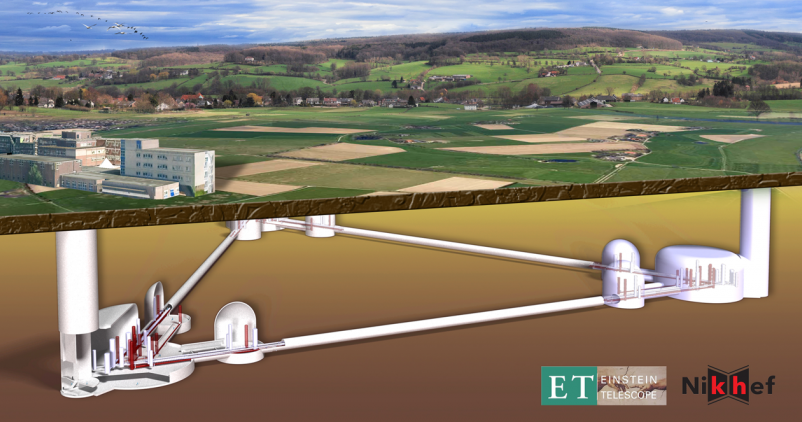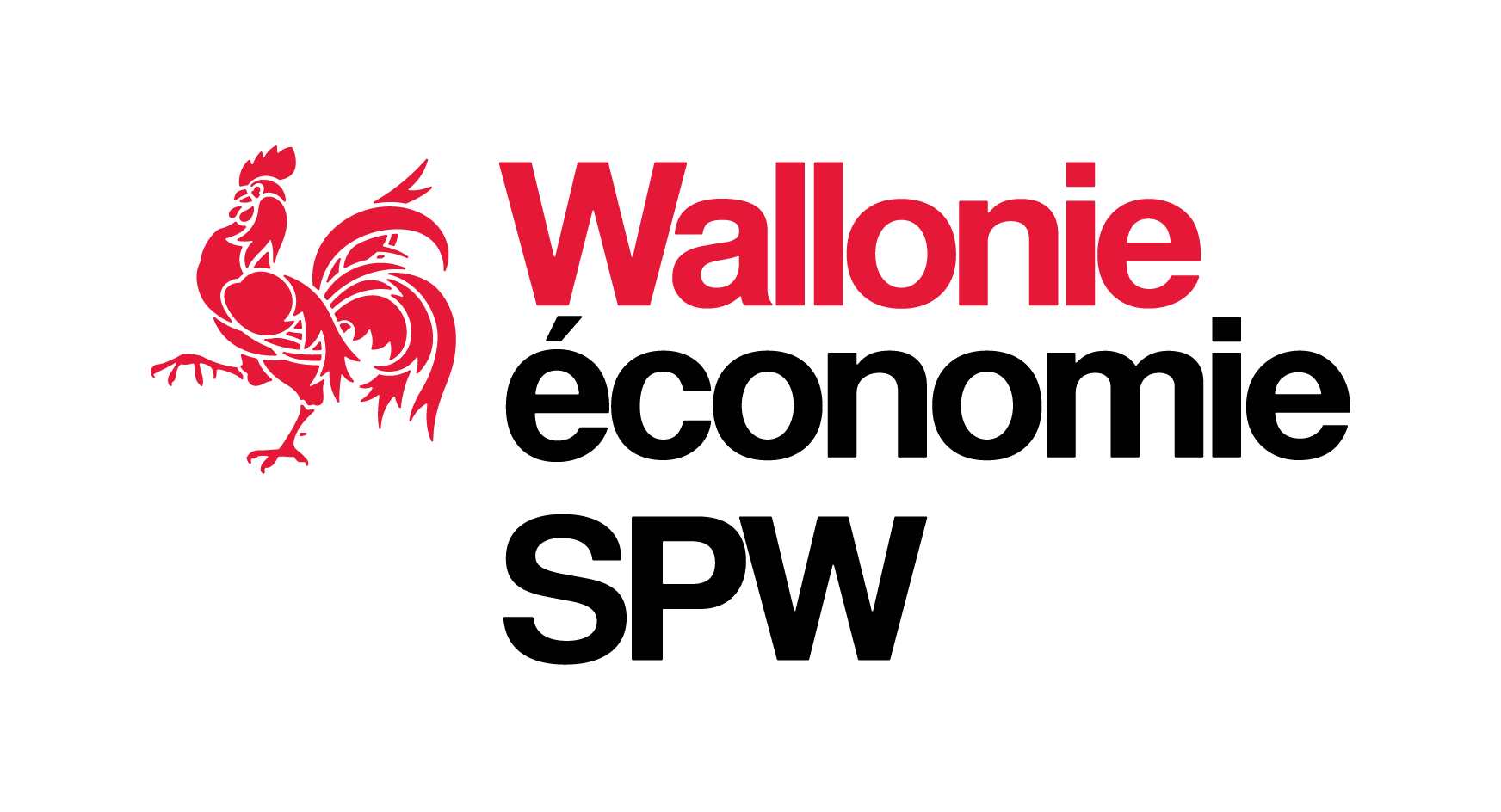
Since 2019, Germany, the Netherlands and Belgium have been working together to create the world’s largest gravitational wave observatory in the Euregio Meuse-Rhine. Wallonia is a key partner in this revolutionary project that could offer new insights into the Big Bang.
This text has been translated by an automatic translation tool. Errors and inaccuracies may occur.
Let’s immediately move away from the classic image of a telescope with a dome opening up to view the stars. The Einstein Telescope is about building a gravitational wave detector... 250 metres underground!
New Ways of Understanding the Universe
Gravitational waves, produced by extreme cosmic events (such as black hole collisions or neutron star mergers), are ripples in space-time that travel across the Universe—and the Earth.
Although Albert Einstein predicted their existence in 1916, they were only first detected in 2015 by the American LIGO observatory.
The Einstein Telescope, buried underground and shielded from surface interference, aims to detect 1,000 times more waves than existing detectors. Scientists hope this will boost our understanding of black hole physics, stellar evolution, and the earliest moments after the Big Bang.
Several locations are being considered for this unique European observatory, which is intended to become an international reference centre—similar to CERN in Geneva.
The Three-Borders region offers ideal geology for this high-precision telescope, with a deep hard subsoil and a soft, damping upper layer. The other potential candidate site is the mountainous Sos Enattos area in Sardinia.
Preparing the Bid
Universities, scientific bodies, public institutions… over 70 German, Belgian and Dutch partners are working together to prepare the Euregio Meuse-Rhine bid.
Numerous studies are being conducted to demonstrate the project’s feasibility: soil analysis, environmental impact studies, testing technologies, and mapping advanced engineering and civil construction companies. For instance, the Liège Space Centre is working on a cryogenic mirror prototype using extreme cold (-250°C) to improve wave detection.
The EU’s site selection decision is expected in 2026. The telescope is planned to be operational from 2035 at the earliest.
What Role for Our Region?
“Wallonia is directly involved, as around 70% of the infrastructure could be located beneath Walloon soil, specifically in Plombières, Aubel and Welkenraedt,” says Chloé Beaufays from GRE-Liège, the regional coordination body. “More than 1,500 researchers worldwide are studying gravitational waves. This is a unique opportunity for our region to contribute to a major scientific endeavour—both in terms of our understanding of the Universe and the economic impact it could generate.”
After supporting initial feasibility studies, Wallonia allocated a further €10 million in spring 2024 to fund four new research projects. These will cover the entire lifecycle of the telescope—from site analysis to data exploitation.
Additionally, a Walloon task force is uniting the region’s stakeholders around six strategic priorities:
- Communication and stakeholder engagement: public, political and industrial awareness
- Scientific and technological excellence: aerospace, optics, cryogenics and vacuum technologies
- Territorial and logistical planning: civil engineering, infrastructure
- Economic and industrial development: activating Wallonia’s innovation ecosystem
- Financial strategy: structuring Walloon investment
- Scientific diplomacy: representing Wallonia at European and international forums
This project represents an exceptional opportunity to:
- Position Wallonia as a European leader in fundamental physics
- Mobilise our industrial ecosystem around cutting-edge technologies
- Forge new partnerships with neighbouring regions
- Build a new image of Wallonia as innovative and ambitious
